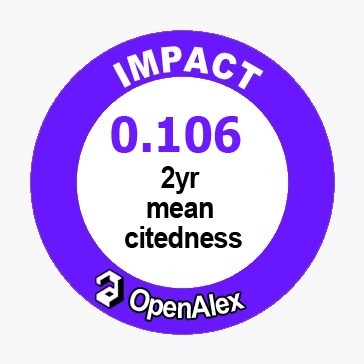Employing Digraph Approach in Reading Development of Primary Students in Assistance, Inclusion, Mentoring (Aim) Program
DOI:
https://doi.org/10.55220/2576683x.v9.354Keywords:
Employing Digraph, Inclusion, Mentoring, Reading Development, Students.Abstract
This study investigated the effectiveness of the digraph approach in enhancing the reading development and engagement of primary students enrolled in the Assistance, Inclusion, Mentoring (AIM) program at the English Modern School in Doha, Qatar. Utilizing a quantitative research design, the study involved 20 purposively selected students from Years 4, 5, and 6, all of whom demonstrated below-grade-level reading proficiency. Pre-test and post-test assessments were administered to evaluate students’ decoding, comprehension, and recognition of digraphs. The intervention included targeted instruction using validated materials such as worksheets, flashcards, games, and leveled readers during 25-minute pull-out sessions. Results revealed a significant improvement in students’ post-test scores, with 95% reaching the advanced proficiency level, supported by a computed t-value of 7.422 and a p-value of 0.000. Engagement data also indicated high levels of motivation and satisfaction with the digraph activities. The findings suggest that the digraph approach is an effective instructional strategy for improving reading outcomes in inclusive settings and can play a critical role in supporting struggling readers' literacy development.







